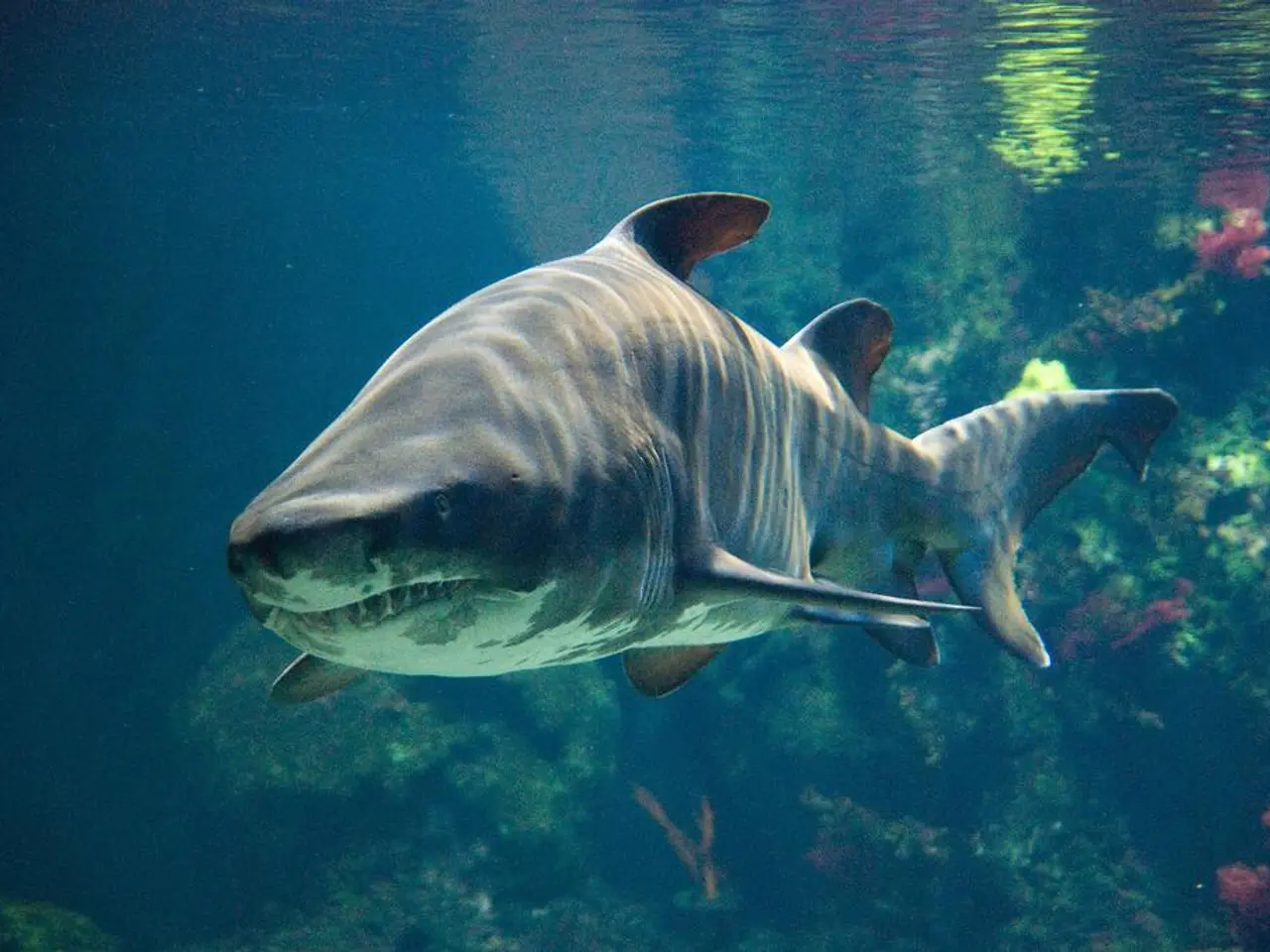Whales stranded post-earthquakes in Kamchatka: Authentic or Misinformation?
In the vast and mysterious world of marine life, the relationship between earthquakes and whale strandings has long been a subject of scientific interest. However, as a new report from the Whale and Dolphin Conservation (WDC) reveals, there is currently no universally accepted, proven correlation between the two phenomena.
The WDC, the world's leading non-profit organization dedicated to the protection of whales and dolphins, has made it clear that while earthquake-related phenomena might contribute to some strandings, there is no conclusive evidence proving a direct correlation.
The WDC's website, www.whales.org, provides a wealth of information on this and other related topics.
One of the most high-profile cases occurred in 2011, when a mass stranding of broad-snouted dolphins took place in Japan, seven days before an earthquake. A subsequent study found no connection between the two events. Similarly, in 2015, more than 300 sei whales stranded in Chile after an earthquake. However, an algal bloom due to the El Niño year is considered the most likely cause of the stranding.
The WDC's report highlights that the phenomenon of whale strandings is complex and multifactorial. Factors such as changes in magnetic fields, environmental conditions, and navigational challenges are also relevant to understanding strandings, complicating the ability to isolate earthquakes as a primary cause.
One theory suggests that powerful earthquakes, like the magnitude 8.8 earthquake off Russia in 2025, can induce rapid and drastic changes in water levels and currents, potentially trapping whales near the coast and causing strandings. However, this is more an indirect effect of the tsunami rather than a direct impact of the earthquake's seismic waves on whale navigation.
There are also anecdotal claims and speculative reports, such as beluga whales stranding just hours before the earthquake epicenter in Kamchatka, that animals might sense seismic activity in advance. Yet, these remain unverified and could be coincidental or influenced by other factors.
The WDC's work extends beyond research and awareness-raising. The organization is involved in campaigns, political advocacy, education, research, rescue, and protection projects. WDC experts work in national, European, and international working groups, are represented in all relevant international forums, and have direct influence on key decisions regarding the future of whales and dolphins.
As the world continues to grapple with the complexities of climate change and the impact on marine life, the work of organizations like the WDC is more important than ever. Their vision is a world where all whales and dolphins live free and secure, and they operate politically independently as a registered charity, funded through donations and foundation grants.
In conclusion, while earthquakes can cause changes in the magnetic field and underwater noise, which can disorient whales, leading to strandings, there is no definitive, universally accepted proven correlation between earthquakes and strandings. The WDC's report underscores the need for continued research and collaboration to better understand the complex factors that contribute to this intriguing phenomenon.
- The Whale and Dolphin Conservation (WDC), an international non-profit organization dedicated to health-and-wellness of marine life and environmental-science, emphasizes that while earthquakes might be associated with some whale strandings, a direct correlation remains unproven.
- The WDC's research also shows that factors such as changes in magnetic fields, environmental conditions, and navigational challenges are also significant in understanding whale strandings, making it difficult to isolate earthquakes as the primary cause.
- As climate-change continues to affect the world's oceans, the WDC's work in science-related areas, including whale strandings, becomes increasingly essential for maintaining the health-and-wellness of marine life and understanding its relationship with environmental phenomena.




